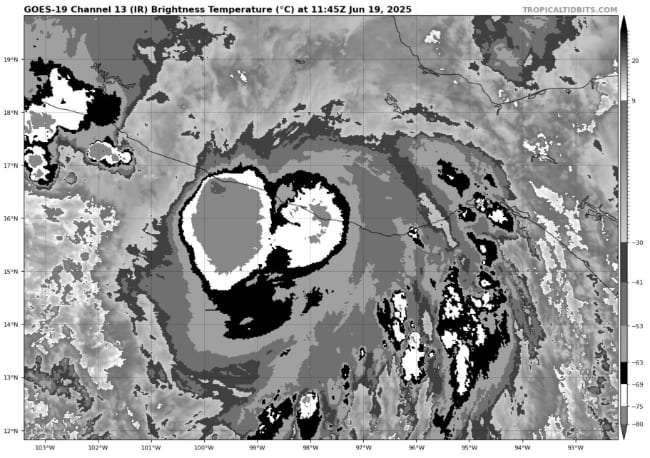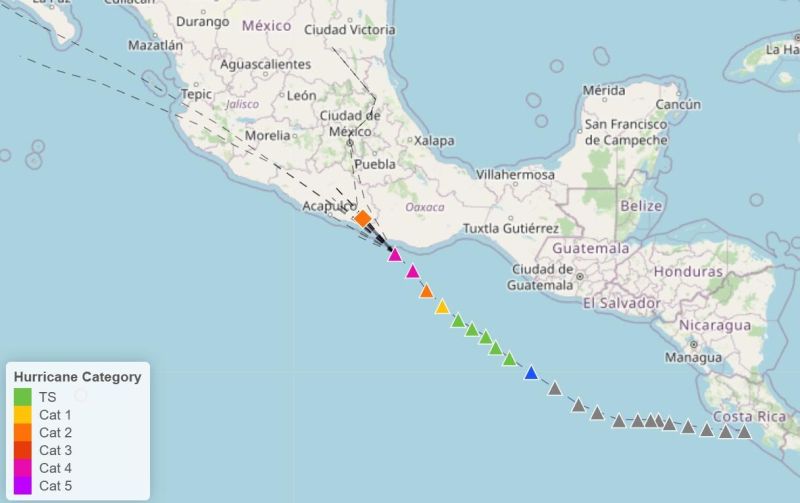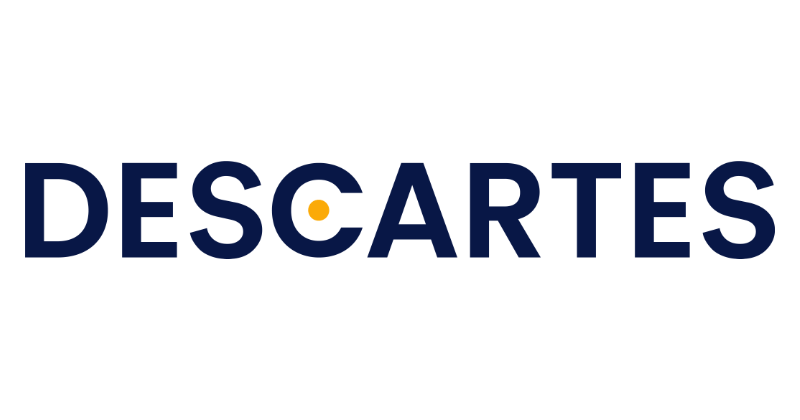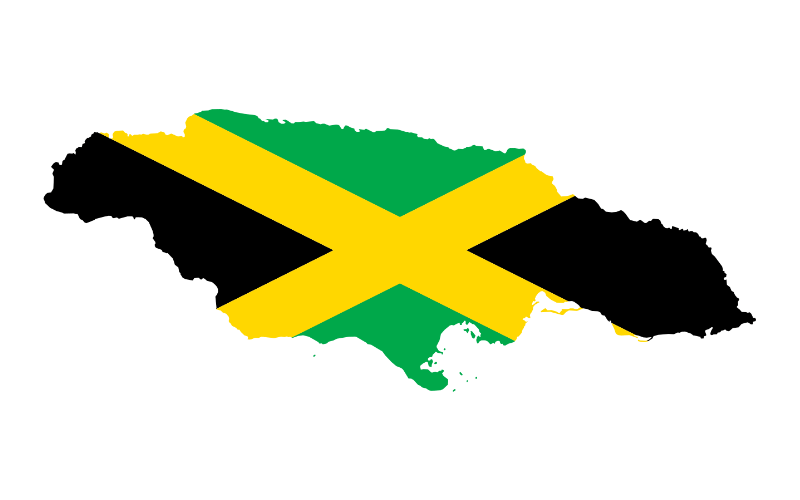This content is copyright to www.artemis.bm and should not appear anywhere else, or an infringement has occurred.
The Government of Jamaica has prepared itself for the 2025 hurricane season with a further increase to its National Natural Disaster Risk Financing Policy arrangements, with the largely parametric reserves and contingent financing augmented with parametric insurance and its World Bank catastrophe bond.
 In March this year, the Jamaican Ministry of Finance negotiated a further J$6.5 billion contingent financing arrangement, which we believe was in the form of a World Bank supported Catastrophe Deferred Drawdown Option (CAT DDO).
In March this year, the Jamaican Ministry of Finance negotiated a further J$6.5 billion contingent financing arrangement, which we believe was in the form of a World Bank supported Catastrophe Deferred Drawdown Option (CAT DDO).
In addition, the Jamaican government has meaningful layered protection from a range of instruments, made up of its own reserves and contingent disaster financing, contingent instruments from international partners, parametric insurance from the CCRIF and its catastrophe bond that sits at the top of the layered financing tower.
In a speech last week, Minister of Finance and the Public Service, Fayval Williams, disclosed the additional disaster risk financing and explained the layered approach Jamaica has adopted.
Her comments are an excellent example of how a government can, over time, reach a stage of maturity in its disaster risk financing arrangements that leaves it prepared for most eventualities, with a range of structures, instruments and sources of capital designed to respond to different return-period catastrophe events.
It’s an example other countries take note of, as Jamaica now has one of the most sophisticated disaster risk financing approaches in the world, with private markets and capital augmenting its own reserves and development banks contributions, while the structures are largely parametric in the way they would be activated by a disaster event.
Williams explained, “In the face of what we know to be increased intensity of weather related events, we would have been in a very bad place when Beryl struck if we had not implemented our National Natural Disaster Risk Financing Policy.
“It has many layers of what we call shock absorbers for the economy. Since then, we have increased our disaster coverage to ensure we have the financial flexibility to meet natural disasters.
“The NNDRFP allows the government to prepare financially for natural disasters, the policy ensures funds are available for response and recovery efforts. Had this government not had the foresight to ensure we had this multi-layered risk absorbing facility in place when category five hurricane Beryl hit, we would not have been able to do the emergency repairs to public infrastructure, clean up and relief recovery activities, as well as the social expenditure to assist vulnerable populations.
“Currently, our NNDRF cushion stands at approximately $130.6 billion in terms of coverage. How much we can draw-down on that will depend on the severity of the disaster. Our disaster financing policy takes into consideration those events that are high frequency but low severity, such as floods, and these can be dealt with through budget reallocation or reserve and the contingency funds to provide immediate resources for relief efforts.
“For the higher-severity, low-frequency events, such as hurricanes, we have to use insurance instruments, such as the facility that we have with CCRIF, our Caribbean partner.
“It says in times of disaster, our policy that is, start with what we can reallocate, what we can defer, what we can delay or cancel and if that is not enough, go to the next layer, the contingency fund and the National Disaster fund. This is $4.8 billion. Then you go to the National Natural Disaster Reserve Fund that has $1 billion dollars. Together these two funds total $5.8 billion and are Jamaica’s own resources.
“If those are not enough, the next layer would be two contingent credit arrangements, thanks to our international partners, and I’m pleased to note that on Tuesday, March 4th 2025, an additional facility was added for an amount of $6.5 billion to bring the disaster coverage for Jamaica, again, just to reiterate that number, to $130.6 billion.
“Of course, how much we can access will depend on the severity of the disaster.
“An advantage of the catastrophe financing coverage we have in place is that it is parametric, meaning there are predefined thresholds and predefined payouts. So, if the thresholds are met, funds are triggered and the recovery work can get started almost immediately.
“Compare this with traditional insurance, in which there would have to be a detailed damage assessment, which, as you know, could take months of back and forth and agreeing and disagreeing about what’s damaged what’s not damaged.
“During that time, as you can imagine, of this detailed damage assessment, you could see how people, the infrastructure and the GDP of the country would be suffering, and how slow that process would be in addressing recovery efforts.
“The commitment of this government is to continue strengthening our multi-layered National Natural Disaster Risk Financing policies and to fill in any gaps that we have.
“I will always give former Minister Nigel Clark credit for the work that he started to establish this. We are continuing that work and are ensuring that these facilities remain in place for the benefit of the people of Jamaica, because we understand our geographic location in a hurricane belt, and that we need to be prepared well ahead of that. Not thinking when we are in it, what we are going to do? But we would have already had the plans and the financing in place to support that.”
$130.6 billion Jamaican dollars equates to around US $815 million, so a very meaningful capital buffer to protect the country against severe weather and natural catastrophe events.
The World Bank facilitated $150 million parametric IBRD CAR Jamaica catastrophe bond sits at the top of the financing tower, for any particularly catastrophic disaster impacts the country could face.
While the cat bond did not pay out for hurricane Beryl, receiving some unwarranted criticism for that, it was evident that Jamaica’s layered approach to financing its disaster risks was more than adequate for the impact of that storm and now the cat bond coverage remains available for any significant hurricane impacts through three more hurricanes, up to the end of 2027.
Recall that, the catastrophe bond was always designed to protect the residual risk at the top of Jamaica’s disaster risk financing tower of arrangements.
While, after Beryl, Jamaica’s Minister of Finance at the time, Dr. Nigel Clarke, had explained that not every risk transfer instrument was designed to trigger for every storm event.
Jamaica builds on parametric disaster risk financing for 2025. Cat bond remains core was published by: www.Artemis.bm
Our catastrophe bond deal directory
Sign up for our free weekly email newsletter here.
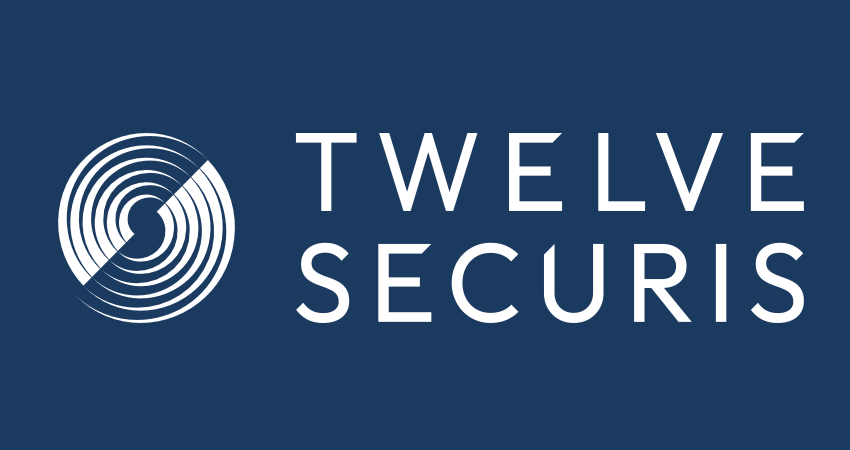 As we had reported, Erick rapidly intensified into a major hurricane as it approached landfall on Mexico’s Pacific coast, which for a time put the World Bank facilitated $175 million IBRD CAR Mexico 2024 (Pacific) parametric catastrophe bond on-watch.
As we had reported, Erick rapidly intensified into a major hurricane as it approached landfall on Mexico’s Pacific coast, which for a time put the World Bank facilitated $175 million IBRD CAR Mexico 2024 (Pacific) parametric catastrophe bond on-watch.